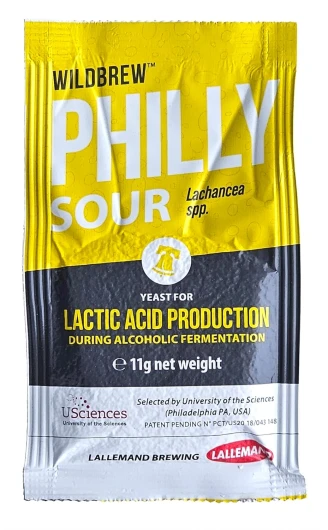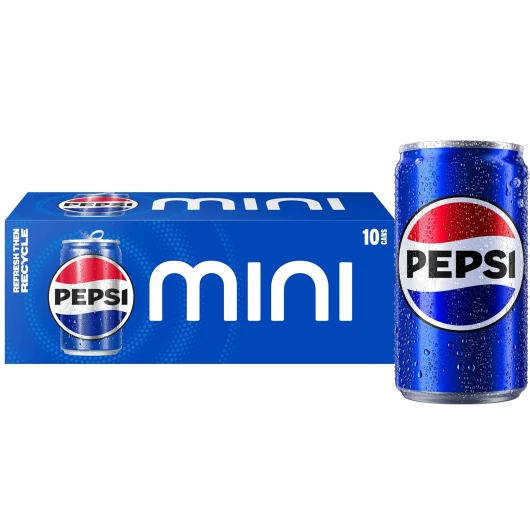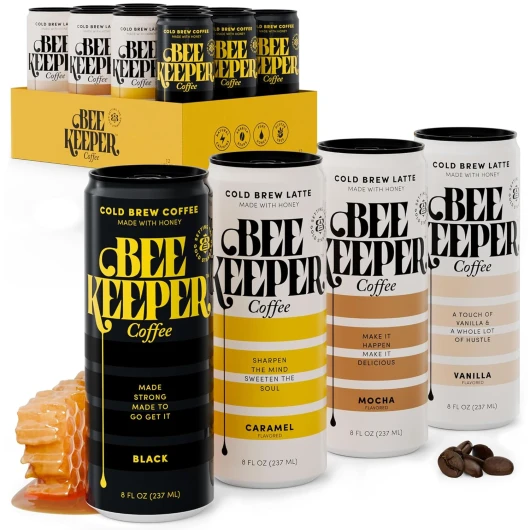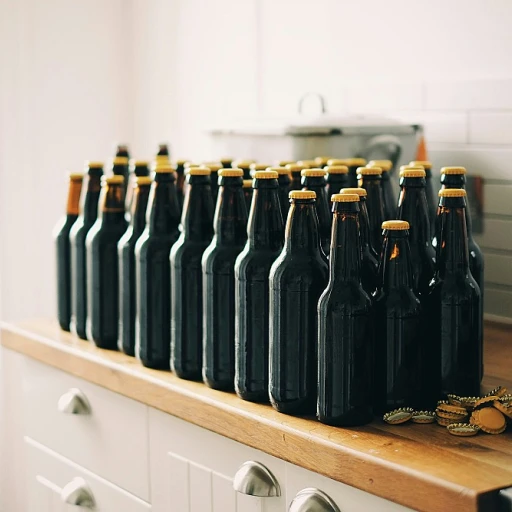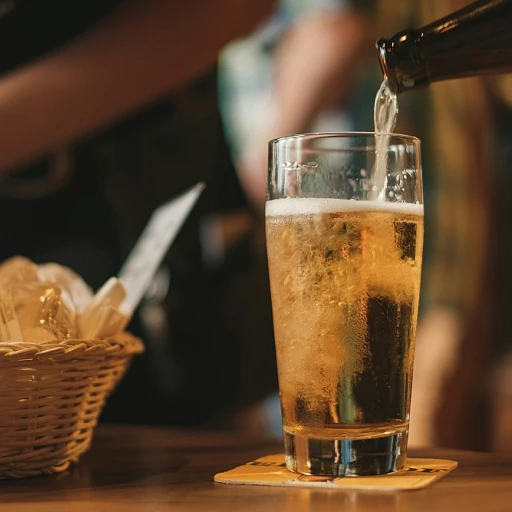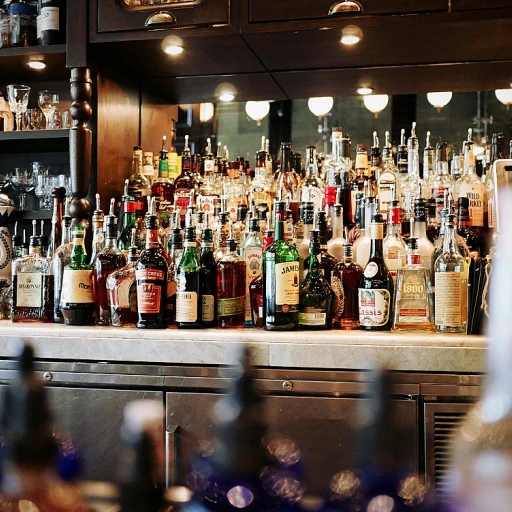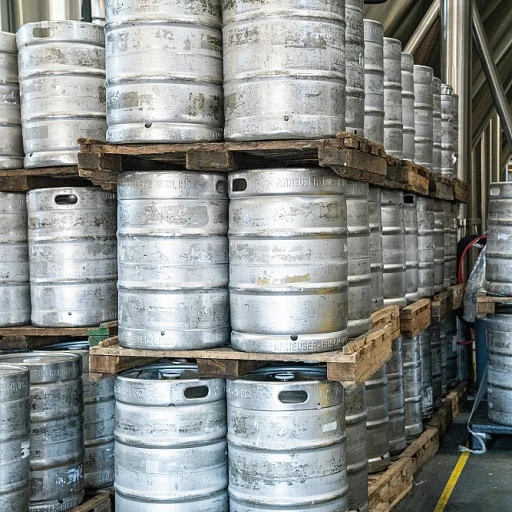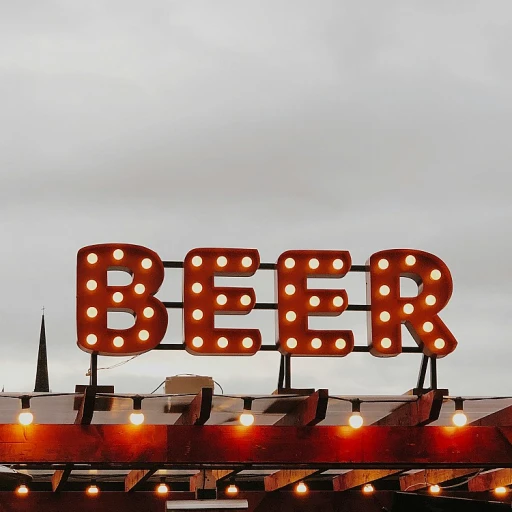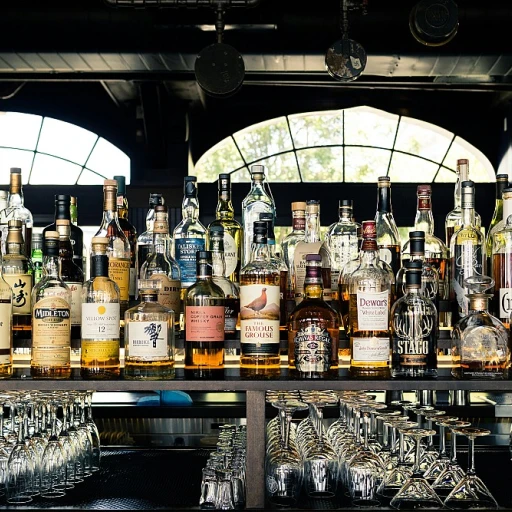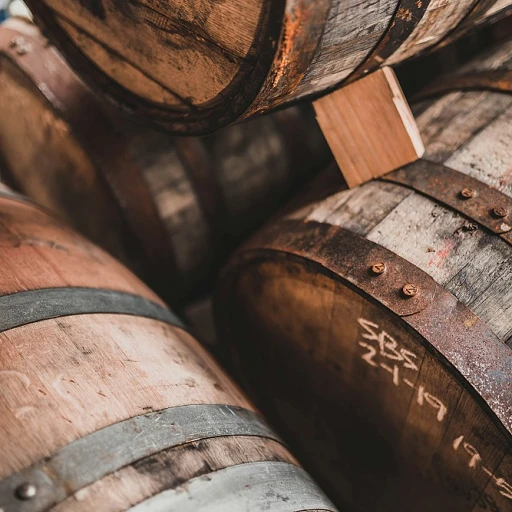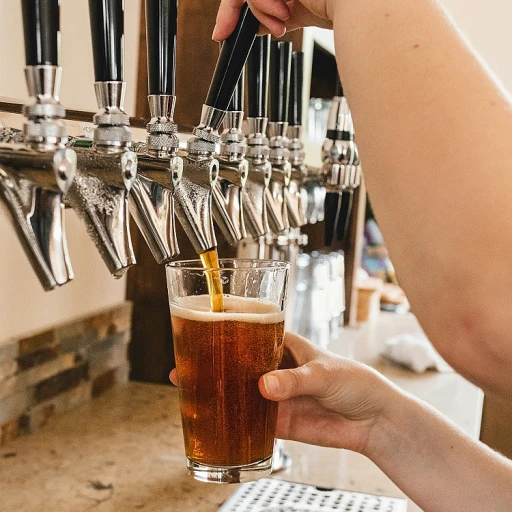
The Origins of American Wild Ale
Tracing the Roots of American Wild Ale
American wild ale is a captivating and unique style of beer with a history that sets it apart from more conventional brews. Originating from traditional European techniques but heavily influenced by the creativity and adventurous spirit of American brewers, these ales are a testament to the evolving landscape of the beer industry. The roots of American wild ale can be traced back to farmhouse brewing traditions in Belgium and France, where spontaneous fermentation and a variety of wild yeasts and bacteria were used to create distinctive flavors. Over time, American brewers began to experiment with these methods, resulting in a fusion of old-world practices and new-world innovation. This led to the emergence of a style that fully embraces unpredictability and complexity. Wild ales are characterized by their unique sourness and funky aromas, which are achieved through the introduction of wild microorganisms during the brewing process. These characteristics are less about following a rigid recipe and more about embracing the natural environment where the ale is brewed. To gain further insights into how brewing techniques contribute to the distinct taste profiles of these ales, and how they differ from other sour beers like Kriek, be sure to explore this comprehensive exploration of a fruity twist on brewing. It's a step into understanding the unique blend of traditions and innovations that define the American wild ale scene today.Brewing Techniques and Yeast Magic
Mastering the Ancient Art of Brewing Wild Ale
When it comes to brewing American wild ale, the process is a beautiful blend of old-world methods and contemporary innovation. This style differentiates itself from other beers through the use of wild yeast strains, primarily Brettanomyces, which contribute to its peculiar characteristics. Wild ale brewing is significantly less controlled compared to other beer styles. This is because the yeast strains used in wild ales can introduce unexpected and spontaneous flavors. Brewers often allow these strains to work their magic by leaving the beer exposed to the natural environment where wild yeast and bacteria go to work, adding layers of complexity to the final product. The fermentation process for wild ales can be quite extensive. These ales are often aged in barrels, sometimes for multiple years, allowing the wild strains to ferment and develop. The interaction between Brettanomyces, other wild yeast, and the beer's ingredients leads to an intriguing medley of tastes that can vary widely from one batch to another. If you're interested in diving deeper into the tangy and unpredictable nature of American wild ales, check out this exploration of kriek beer. It's a journey into another style of beer that utilizes similar magic in its production process.Flavor Profiles and Variations
Tantalizing Flavor Profiles and Exciting Variations
American wild ales stand out with their distinctive and diverse flavor profiles. These beers are primarily characterized by their complex sour and funky notes, resulting from the use of wild yeast strains and bacteria during fermentation. The unique fermentation process gives each wild ale its own personality, often making them unpredictable yet exciting for the adventurous beer enthusiast.
One of the main draws of American wild ales is their wide-ranging taste spectrum. Here are some common flavor notes you might encounter:
- Sourness: The presence of Lactobacillus and Pediococcus bacteria contribute to the tart acidity that is a hallmark of many wild ales.
- Brettanomyces Funk: Also known as "Brett," this wild yeast strain imparts characteristic barnyard, earthy, and fruity flavors, enhancing the beer's complexity.
- Fruit Undertones: Many brewers incorporate fruits such as cherries, berries, or peaches, adding layers of fruity sweetness that complement the tartness.
- Oak and Wood: Aging in oak barrels can add subtle notes of vanilla, coconut, or even a bit of smokiness, further distinguishing the beer’s flavor.
American wild ales also embrace a variety of interpretations, often borrowing inspiration from traditional Old World styles while pushing boundaries with New World innovation. You can expect to find some similarities with the classic Saison Dupont, a quintessential example of a farmhouse ale, yet with an American twist. For more insights into such flavors, you might want to explore the charm of Saison Dupont beer.
Notable Breweries and Beers
Breweries Deserving the Spotlight
American wild ales have created a niche of their own, attracting both brewers and enthusiasts eager to experiment and experience the magic of wild fermentation. Several notable breweries have become cornerstones in this adventurous realm, pushing boundaries while maintaining respect for traditional techniques.
Jester King Brewery in Texas is a standout for its dedication to using farmhouse techniques. They emphasize the use of wild yeast and locally sourced ingredients, harnessing the natural terroir in every bottle. Their creative approach and commitment to sustainability make them a must-try for any fan of wild ales.
Allagash Brewing Company from Maine is another key player, known for its expertise in producing complex, flavor-rich wild ales. With a focus on spontaneous fermentation, Allagash fosters a blend of time-honored methods and modern innovation, resulting in a delightful array of beers with strong, appealing flavor profiles.
Russian River Brewing Company in California, already acclaimed for its renowned Pliny the Elder, is also celebrated for its skillfully crafted wild ales. Their approach respects the classics while introducing new elements that enhance their products’ depth and sophistication.
Finally, The Rare Barrel in California stands out not just for their unique sour and wild ales, but also for their bold decision to focus exclusively on this style. By concentrating their efforts, The Rare Barrel has carved out a distinct identity that resonates with aficionados of the wild ale family.
These breweries represent a piece of the broader tapestry of American wild ales, each contributing their artistry to the evolving landscape. A taste adventure awaits within these exceptional producers, perfect for those seeking a deeper exploration into this captivating style.
Tasting Tips and Pairings
Perfecting the Taste Experience
Savoring American wild ales is a unique experience, as these beers offer a complex and unpredictable array of flavors. Here are some tips to enhance your tasting journey:
- Choose the right glassware: Use a tulip glass to capture the intricate aromas and allow the head to form, which enhances the overall flavor profile.
- Pour with care: Tilt the glass at a 45-degree angle and pour slowly to avoid excessive foaming. This technique preserves the bubbles and releases the aromas effectively.
- Monitor serving temperature: Serve American wild ales slightly cooler than room temperature to highlight their complex flavors without masking them. A range of 45-55°F (7-13°C) is usually ideal.
- Engage your senses: Before taking a sip, spend a moment to observe the beer’s color and foam. Inhale deeply to enjoy the distinctive aromas derived from the wild yeast and various ingredients.
- Focus on flavors: Take small sips, allowing the beer to linger in your mouth, and pay attention to the layers of flavor that develop, including any tartness, funkiness, or fruitiness.
Pairing Suggestions
American wild ales are versatile and can complement various food types, enhancing the overall dining experience. Here are a few pairings to try:
- Cheese: Pair with tangy or earthy cheeses like blue cheese or goat cheese, which meld beautifully with the beer’s sour and funky notes.
- Seafood: The acidity and effervescence of wild ales cut through rich and creamy seafood dishes, such as oysters or lobster.
- Grilled meats: Complement the smoky flavors of grilled chicken or sausages with the bold and intricate taste of these ales.
- Fruity desserts: The beer’s tartness can balance the sweetness of fruit-based desserts like tarts or sorbets, offering a refreshing contrast.

